curatorial text
The geometric tradition in our country is enormous and many are the teachers who have turned the tide on the national art scene, one that , let’s face it, has not always been the most open. They transformed this field, making it more subtle and elegant through the implementation of minimal elements and managing to bring to the forefront, the fundamental aspects of an artwork: line, shape and color.
When, from the 1940s onwards, the groups promoting geometry and concrete art in Argentina burst into the art scene, following the mandate of the first abstract artists and moving away from the obvious idea of representation, they planted the seed that has, since then, borne the most fantastic fruits. They managed to put in evidence the refinement that characterized their works and were able to re-educated and stylize the viewer’s gaze. And even though some time has passed since the emergence of these movements, the notions they developed rest on the shoulders of a generation of contemporary geometric artists, both emerging and established, who continue to build and defend these pictorial traditions.
Beto de Volder and Andrés Sobrino have been working on this direction for more than twenty years and thus have become referential figures who today join forces in an exhibition that seeks to prioritize the image above all. In Andrés Sobrino’s paintings, geometric shapes predominate. Distinguished and seductively shiny, they are perched on the surface of the plane where one can find rectangles, intersecting lines, squares or diamonds, all contained by the background. His use of materials naturally related to the industry allows for any trace of the artist’s hand to almost disappear, however always allowing for the warmth provided by the artisanal aspect of the job to stay intact. Color is yet another important feature in Andres’ work, in this case reduced to a handful of shades, yellows, blues, a touch of pink and the classic black and white, that dialogue in absolute harmony. His works provide the exuberant feeling of being able to appreciate the purest aspects of art simply for their own sake.
For Beto de Volder, this exhibition was his opportunity to portray soft geometries in paper (a practice he had already experienced) and canvas through poetic figures, allowing for the notion of beginning and end, above and below, to get lost in translation. The action resembles the theoretical idea of bringing his sculptures down from the wall and stripping them from all meaning in order to start again fresh, from scratch.
In the case of Sobrino, the colors that predominate are also few but terribly effective, his means to create minimalist shapes that float on the white background of the paper. Circles that intertwine in order to mutate into the symbol of infinity and organic figures arranged in such a way that it becomes impossible to distinguishing whether they are geometries or body parts, or, why not, both.
However, above all, this experience seeks to add value to the image for what it is singlehandedly. As Sobrino and De Volder have expressed themselves, sometimes words are too much and the true value lies in learning to contemplate the work and take what each individual wants from it. Thus, this exhibition has been thought to be watched deeply.
view more
exhibition

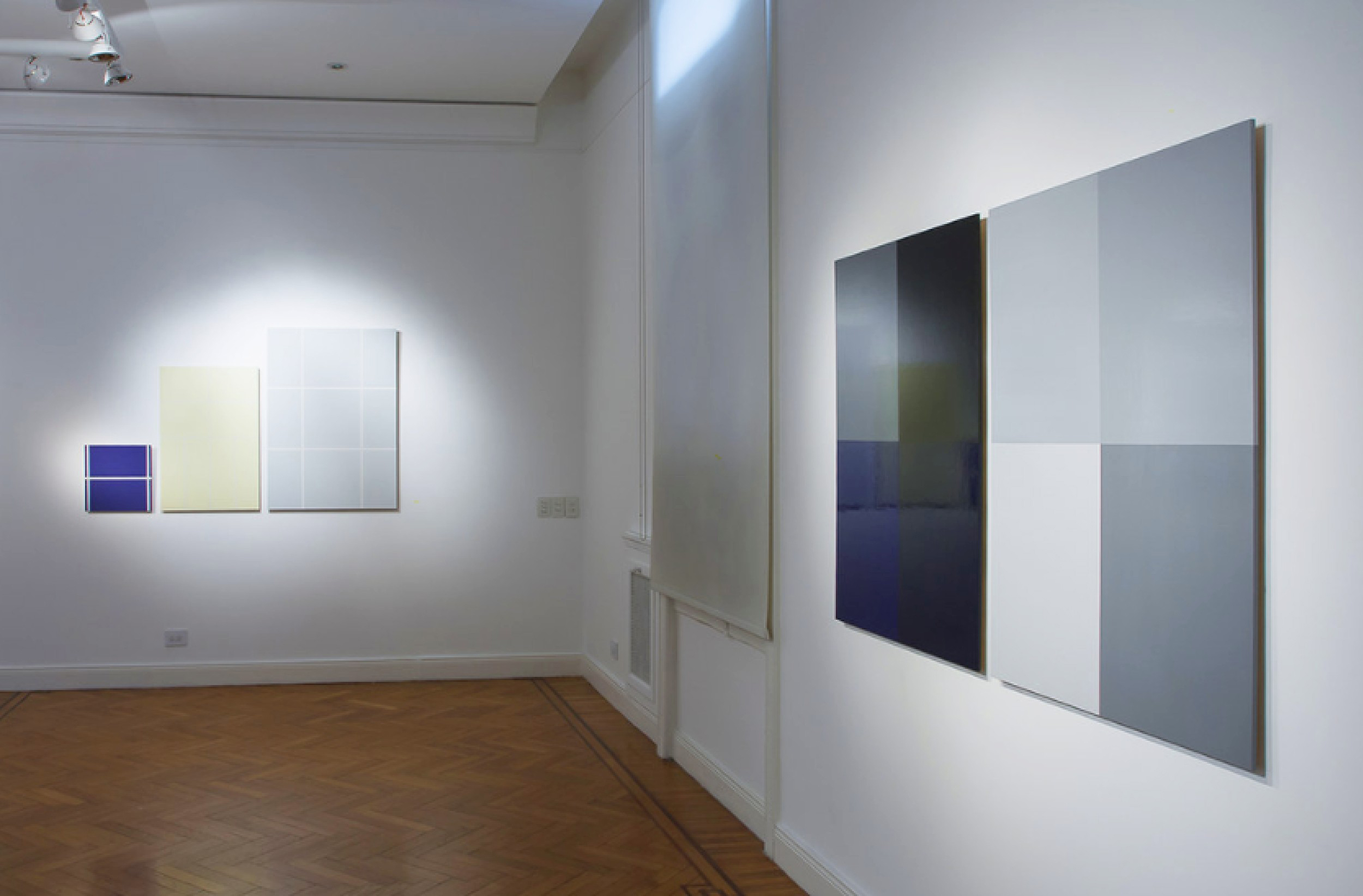



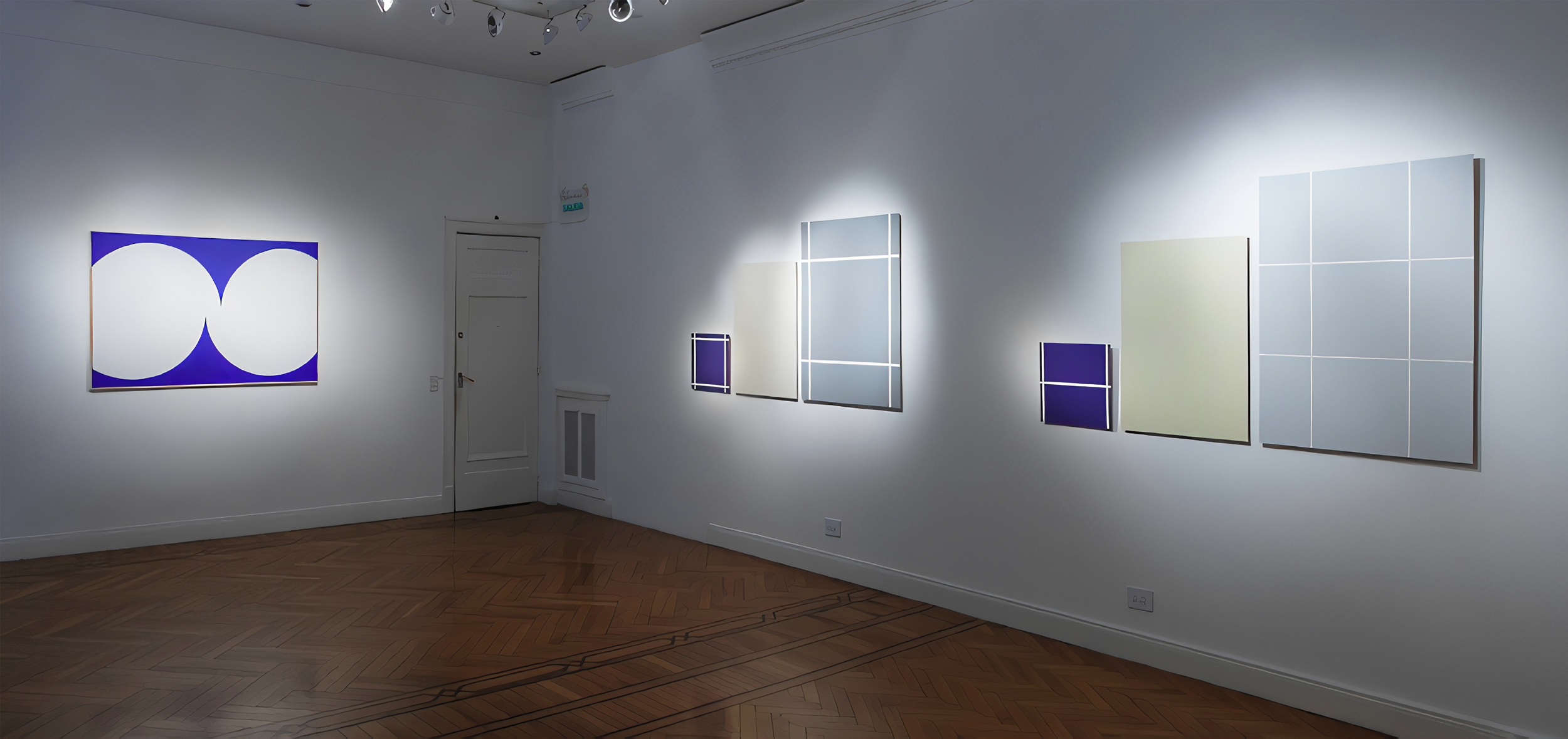
other exhibitions
Axel Straschnoy, Beto De Volder, Clorindo Testa, Emilio Pettoruti, Enio Iommi, Esteban Pastorino, Gyula Kosice, Manuel Espinosa, Marcela Cabutti, Matilde Marin, Rogelio Polesello, Romina Ressia, Romulo Macció · 12.12.2023 - 15.02.2024
Indefinit
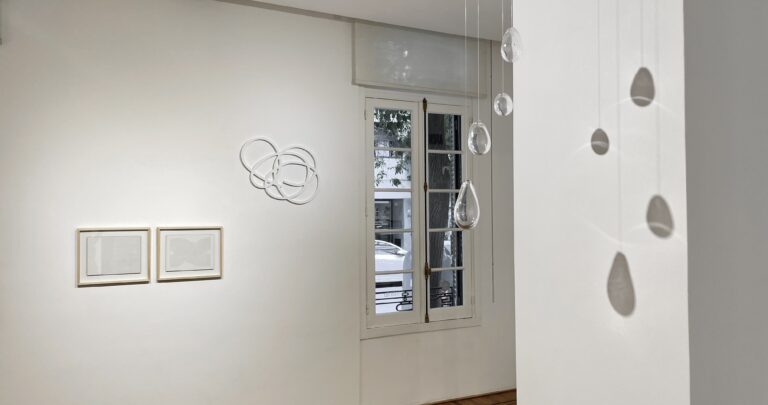
Axel Straschnoy · 02.11.2023 - 29.12.2023
Brave the Heavenly Breezes
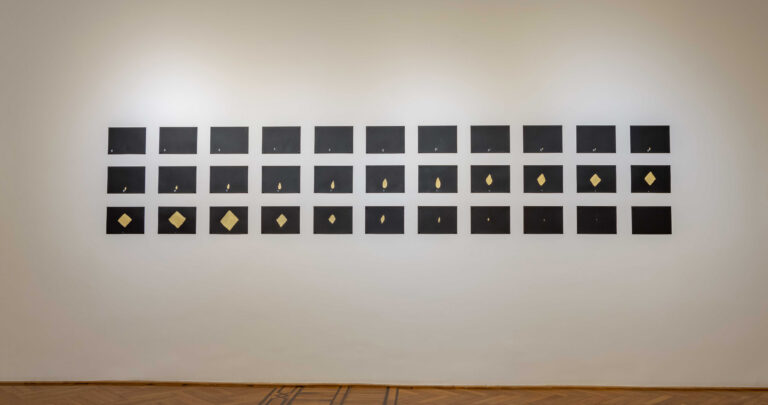
André Komatsu, Enio Iommi, Clorindo Testa · 23.08.2023 - 31.10.2023
Hiato

Mariela Vita · 12.07.2023 - 16.08.2023
GEJIGEJI

Polesello, Aizenbeg, Kosice, Vardanega, Le Parc, Iommi, Puente, Arden Quin, Espinosa, Demarco, Straschnoy, De Volder, Pastorino, Imola, Batistelli, Cabutti, Reyna · 09.02.2023 - 15.03.2023
Eléctrico/ ecléctico
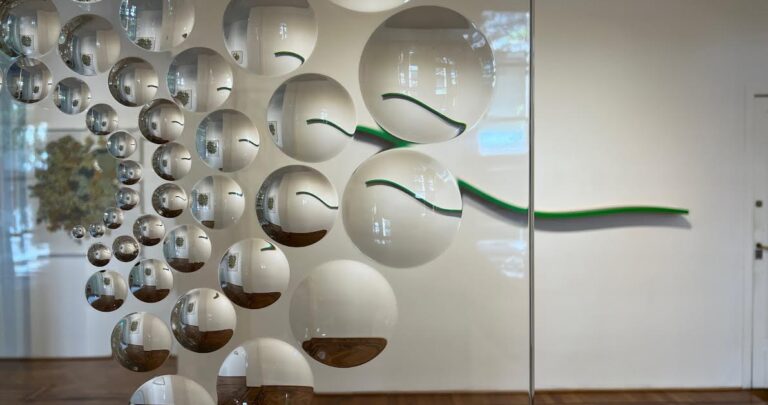
Fabiana Imola & Aníbal Brizuela · 16.09.2022 - 02.12.2022
Inside, the shapes. They move alone
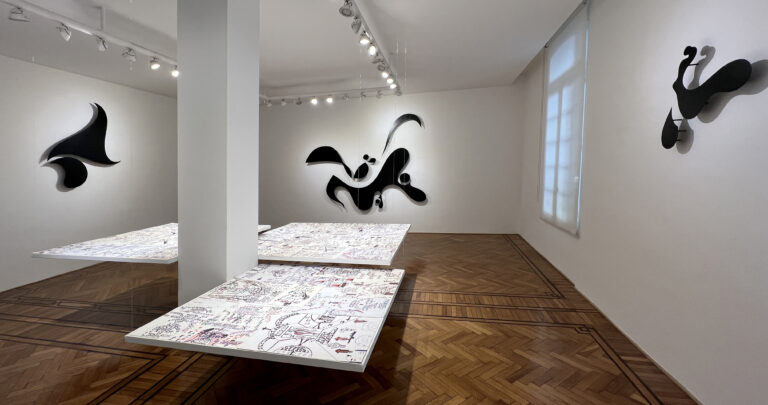
Romina Ressia · 09.06.2022 - 25.08.2022
Grow flowers
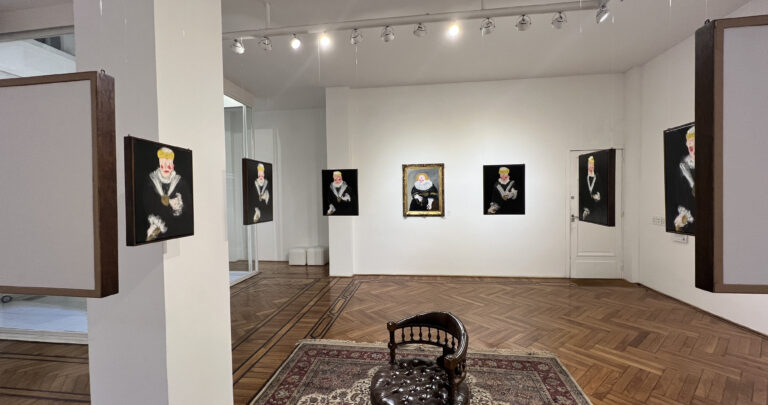
Martín Reyna · 11.03.2022 - 03.06.2022
Color in transit
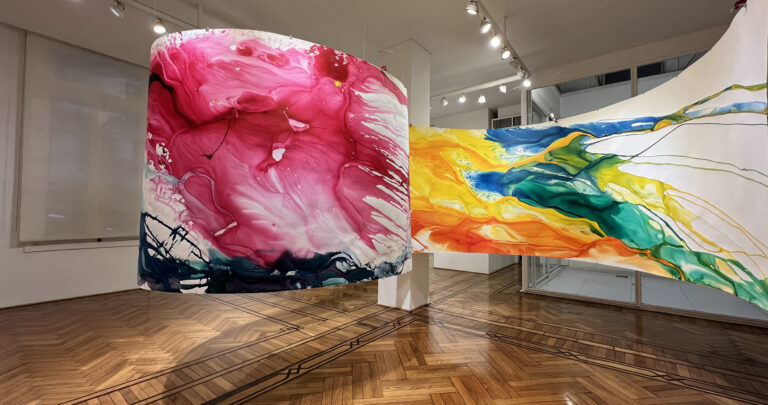
Matilde Marín · 08.02.2022 - 02.03.2022
25FPS

Clorindo Testa · 11.11.2021 - 31.01.2022
Testa, projects and other games

Cabutti, De Volder, Reyna, Imola, Ventoso, Ressia. · 05.10.2021 - 22.10.2021
Group Show 2021 II

Matilde Marín · 23.07.2015 - 21.09.2015
Undetermined landscapes
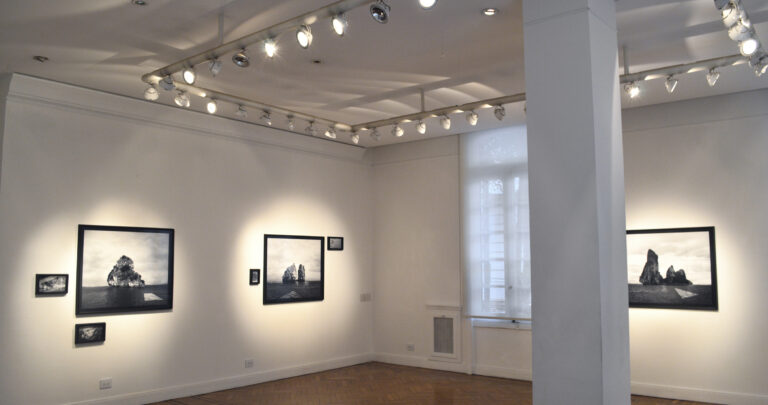
Marcela Cabutti · 16.07.2021 - 22.09.2021
Balcarce, topographic memories of a landscape

Benito Laren · 12.05.2012 - 22.06.2012
Casino
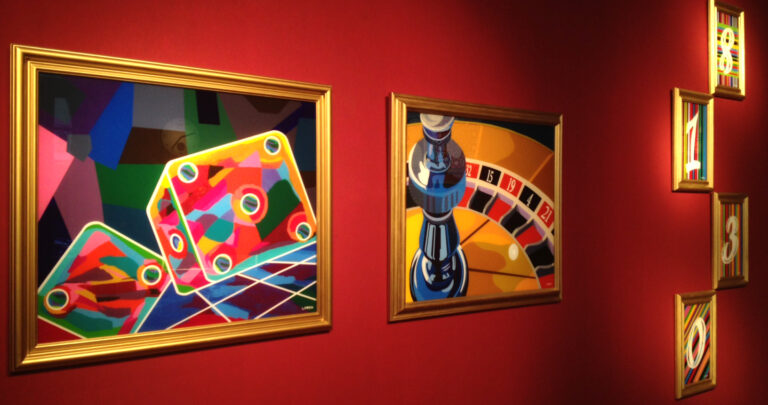
Lila Siegrist · 26.06.2012 - 27.08.2012
Vikinga Criolla
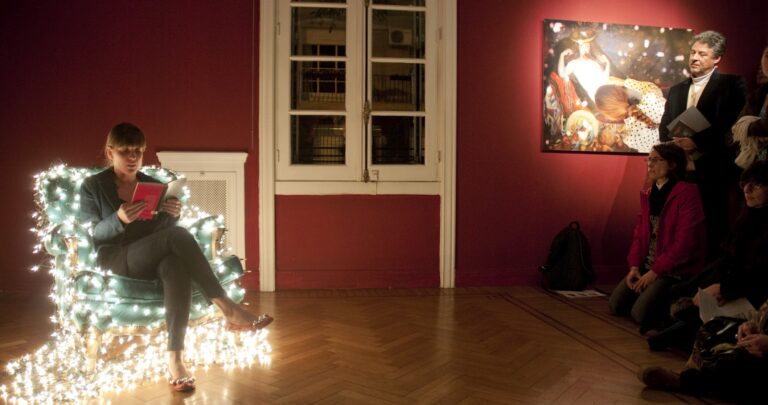
Cárdenas, Imola, Marin, Res, Sommerfelt, Ventoso · 10.08.2012 - 11.10.2012
Morphological confrontations
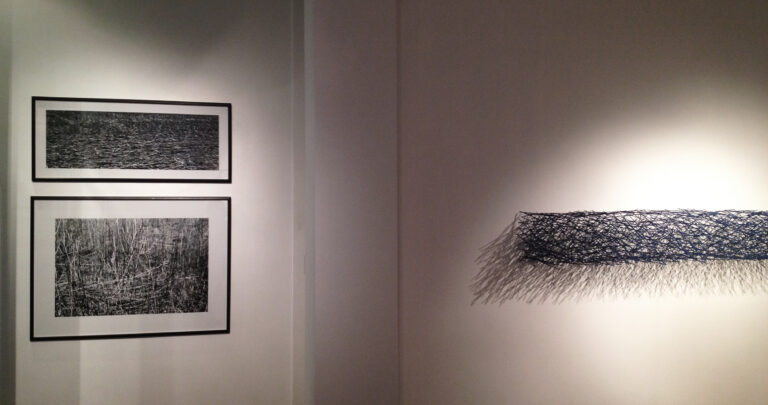
Martin Reyna · 20.09.2012 - 20.11.2012
Reyna in the horizon of color
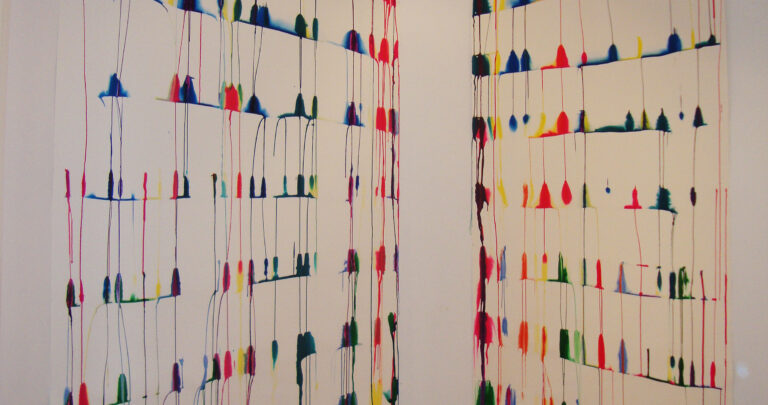
Romina Orazi · 04.12.2012 - 04.02.2013
Subject to infinite division
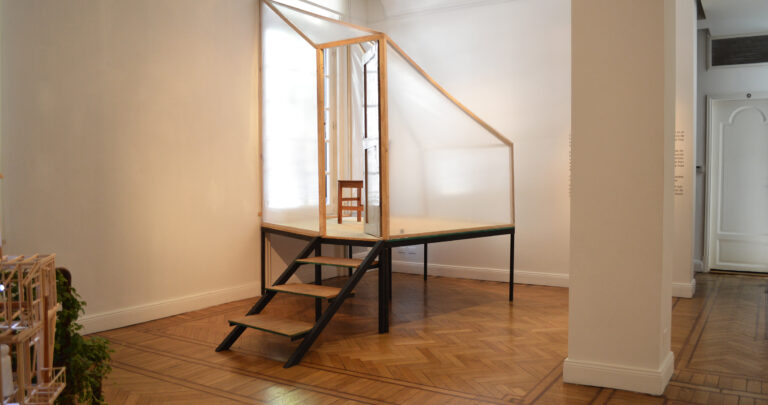
Aizenberg, Boto, Espinosa, Iommi, Lozza, Le Parc, Kosice, Silva, Tomasello, Vardánega · 01.06.2013 - 31.07.2013
Dimensional
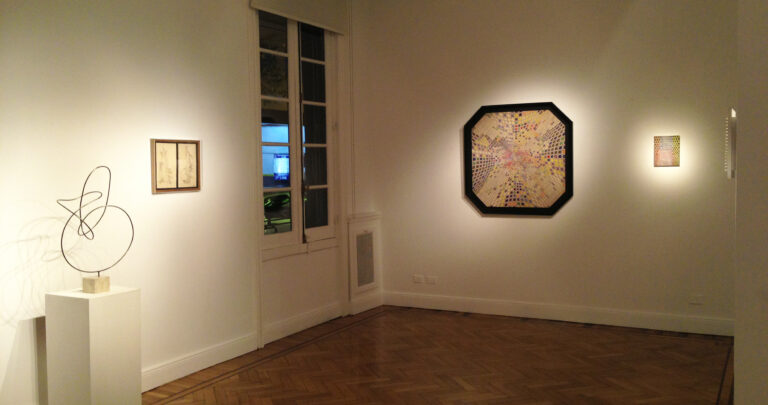
Antoniadis, Marín · 07.09.2013 - 07.11.2013
Double contrast
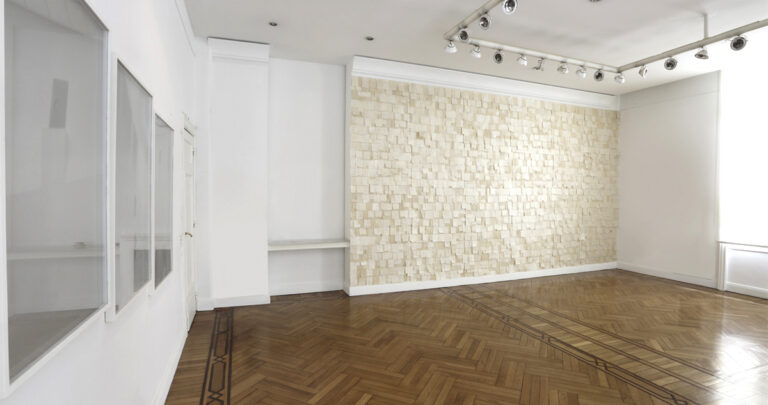
Andrés Sobrino · 28.03.2013 - 30.05.2013
Andrés Sobrino

Antoniadis, Cabutti, Laren, Reyna, Florido, Sobrino, Straschnoy, Tarazona, Ventoso · 20.12.2013 - 15.02.2014
Universus

Elena Dahn · 25.03.2014 - 26.05.2014
Elena Dahn

Marcela Cabutti · 15.07.2014 - 15.09.2014
Finding meaning through shapes

Axel Straschnoy · 12.11.2014 - 19.01.2015
La Figure de la Terre
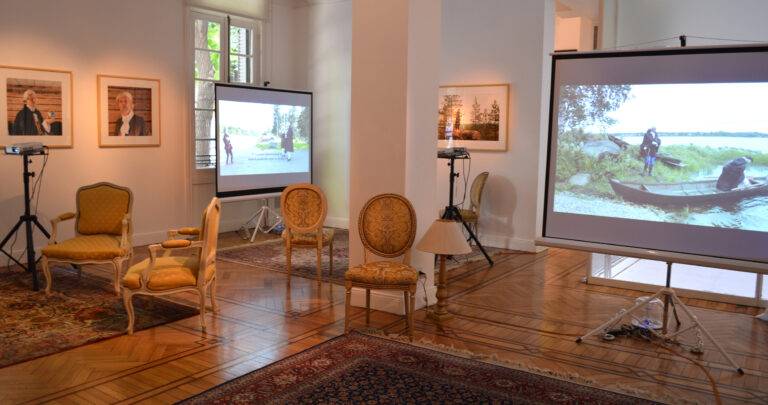
Fusilier, León, Quesada Pons y Vega · 15.03.2015 - 30.04.2015
Limbo

Luciana Levington · 28.05.2015 - 24.07.2015
Luciana Levinton

Leo Battitelli · 12.11.2015 - 12.01.2016
Gargalhadas

Hasper, Scafati · 10.02.2016 - 11.04.2016
Womens’ double
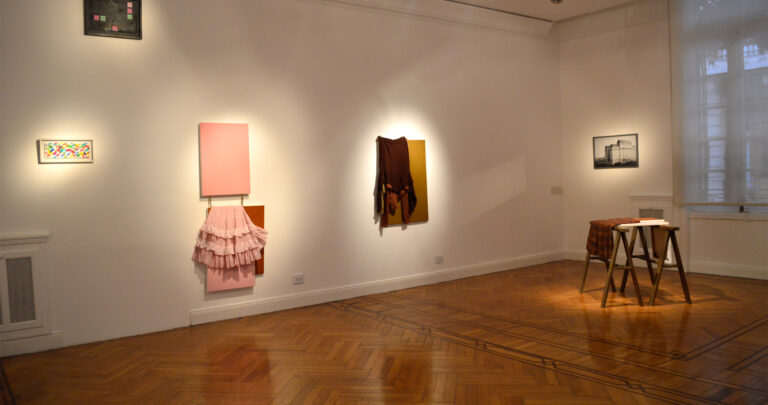
Axel Straschnoy · 12.05.2016 - 13.06.2016
Today, great tomorrow!, in the pines wind blows from the past.
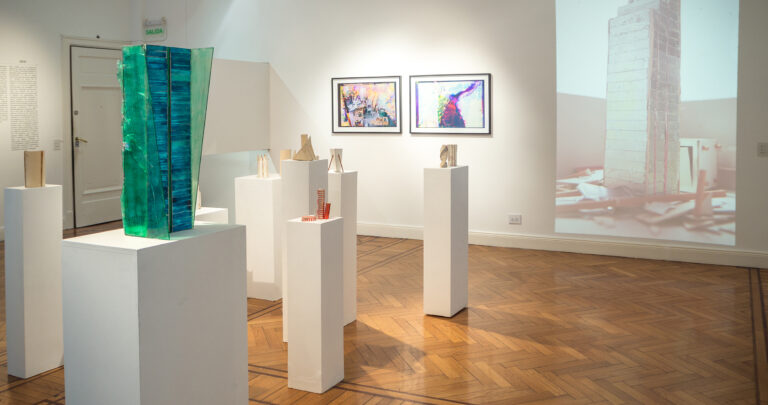
Arden Quin, Boto, Demarco, Espinosa, Iommi, Le Parc, Lozza, Polesello, Puente, Silva, Testa, Tomasello · 07.06.2016 - 05.08.2016
Masters of the avant-garde

Battistelli, Cabutti, Cacchiarelli, Sobrino, De Volder · 02.01.2017 - 28.02.2017
2017 Group Show

Fabiana Imola · 28.02.2017 - 14.04.2017
The forest, the rain and other scenes
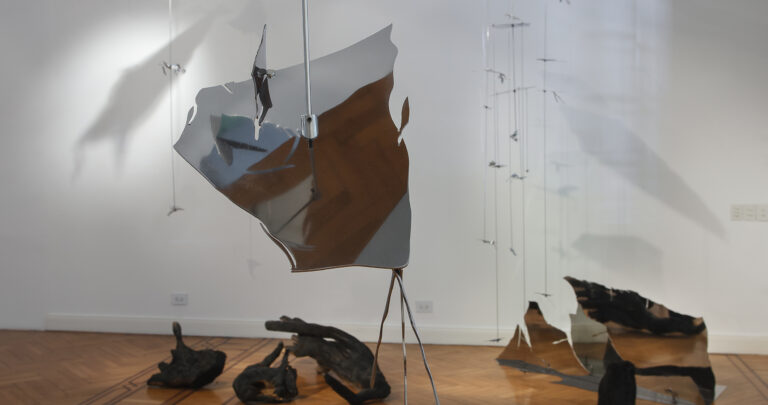
Alberto Heredia · 06.09.2017 - 11.10.2017
Alberto Heredia

Federico Manuel Peralta Ramos · 31.10.2017 - 29.12.2017
Federico Manuel Peralta Ramos
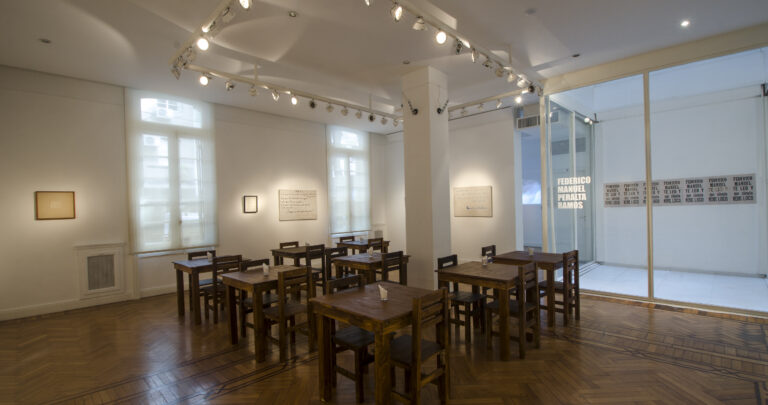
Marcela Cabutti · 10.11.2017 - 31.01.2018
About the effective distance between objects

Luciana Rondolini · 15.02.2018 - 15.04.2018
End
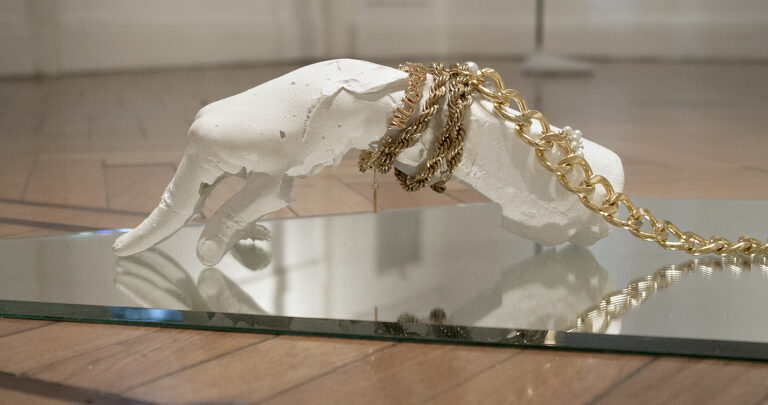
Estanislao Florido · 27.04.2018 - 01.07.2018
The disenchanted object

Battistelli, Cabutti, Marín, Straschnoy, Ventoso, De Volder · 06.07.2018 - 31.08.2018
2018 Group Show

Rogelio Polesello · 06.09.2018 - 20.12.2018
Vortex

Cabutti, Imola, Marín, Reyna, Rondolini, Straschnoy, De Volder · 27.02.2019 - 03.04.2019
2019 Group Show

Alberto Greco · 04.04.2019 - 31.08.2019
The bad handwriting
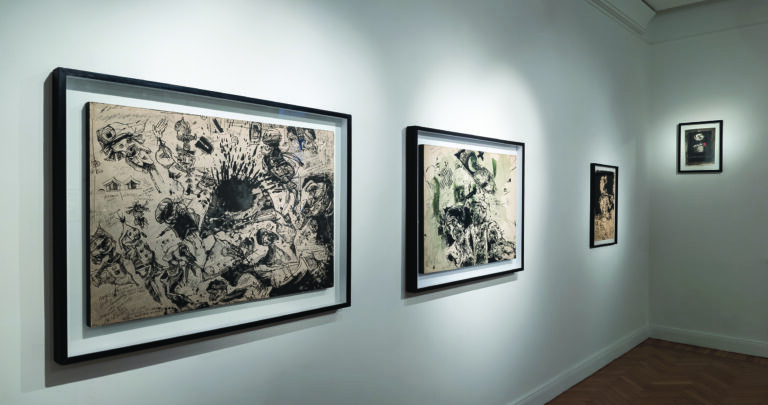
Matilde Marín · 25.09.2019 - 31.12.2019
As the blue smoke of Ítaca is spotted

Esteban Pastorino · 10.09.2020 - 29.01.2021
Pastorino
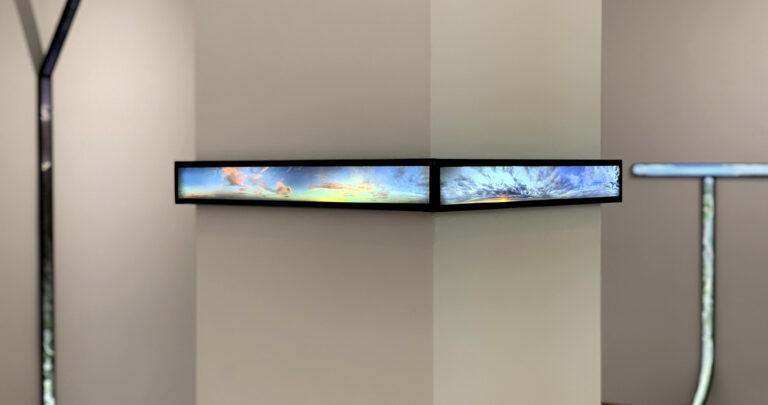
Marín, Imola, De Volder, Reyna, Florido, Straschnoy, Pastorino · 08.02.2021 - 01.04.2021
2021 Group Show
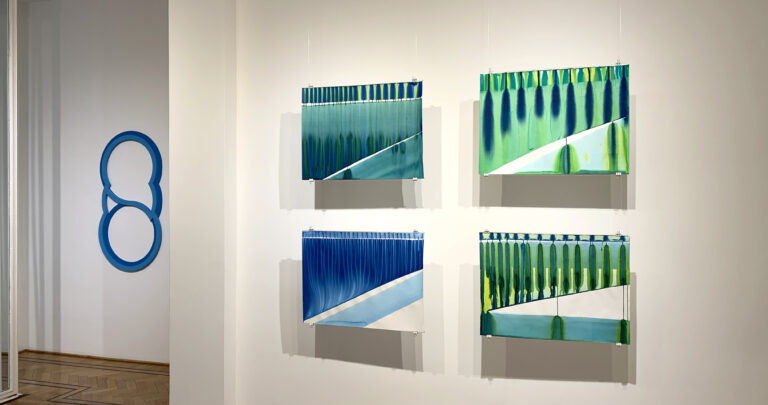
Alberto Greco · 06.04.2021 - 30.06.2021
LA PITTURA È FINITA. Poses and impostures of Alberto Greco in Italy
